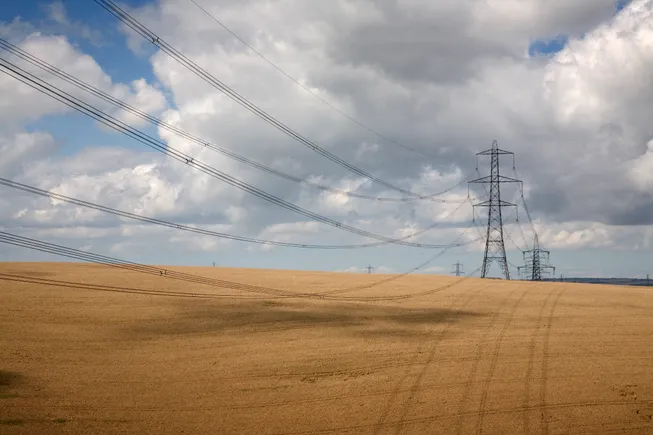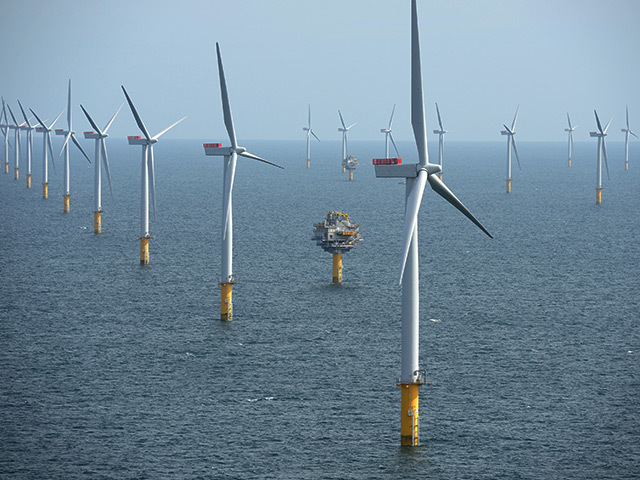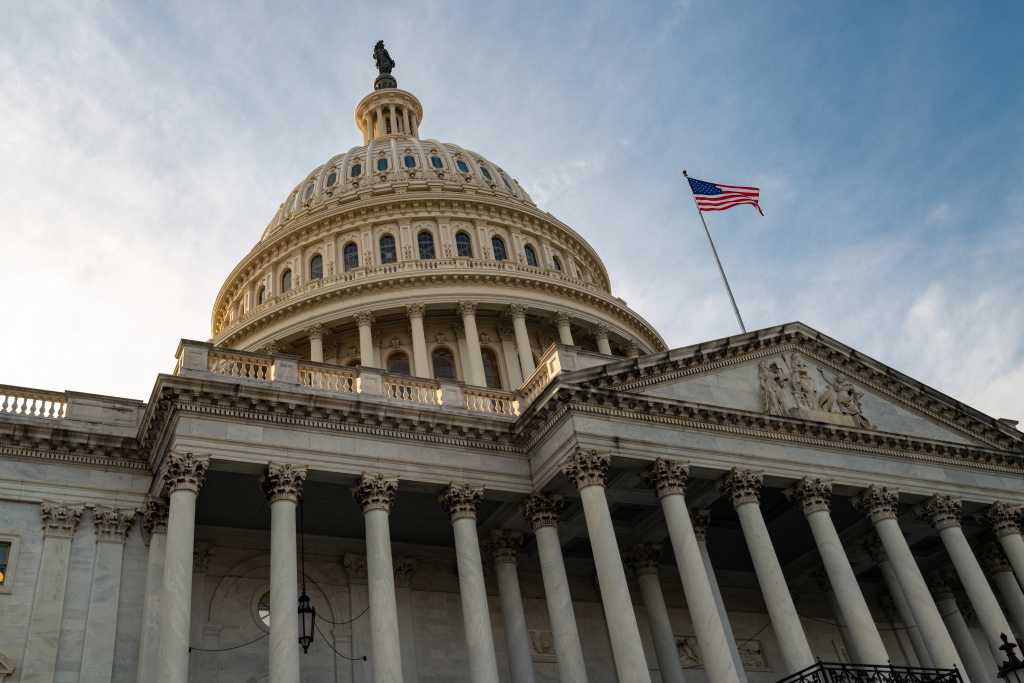
Paula Kidd and Philip Reid, Partners CMS discuss two major consultations that are poised to affect the energy industry in the UK.
-
Some Energy Voice online content is funded by outside parties. The revenue from this helps to sustain our independent news gathering. You will always know if you are reading paid-for material as it will be clearly labelled as “Partnership” on the site and on social media channels,
This can take two different forms.
“Presented by”
This means the content has been paid for and produced by the named advertiser.“In partnership with”
This means the content has been paid for and approved by the named advertiser but written and edited by our own commercial content team.
On March 5, two consultations in relation to the future of the energy market in the UK were launched by the UK Government – Oil and Gas Price Mechanism (the “Fiscal Consultation”) and Building the North Sea’s Energy Future (the “DESNZ Consultation”). These consultations have been seeking input from various stakeholders to develop robust frameworks that support economic growth, job security and environmental sustainability.
DESNZ consultation
The DESNZ Consultation set out the UK Government’s vision for transforming the North Sea into a leading offshore clean energy industry while continuing to manage the increasingly maturing offshore oil and gas industry.
The overarching objective of the consultation was stated to be to ensure long-term jobs, growth and investment in North Sea communities.
The consultation initially set out key policy considerations and outlined its plans to invest in various clean energy industries including offshore wind, carbon capture, usage and storage (CCUS), and hydrogen.
Key initiatives include establishing Great British Energy (headquartered in Aberdeen) to drive clean energy jobs and investment, and supporting the development of floating offshore wind, CCUS and hydrogen projects.
The consultation also proposes various interventions to facilitate opportunities for oil and gas workers transitioning to clean energy jobs including establishing the Office for Clean Energy Jobs and introducing an Energy Skills Passport.
The final section of the DESNZ Consultation focuses on the regulatory landscape in respect of continued oil and gas activities. Views are sought in relation to three key areas:
1. Licensing: The UK Government’s commitment not to issue new licences for new oil and gas fields;
2. Principal Objective: Whether the Principal Objective of the North Sea Transition Authority (NSTA) should be revised, or whether multiple objectives should be introduced; and
3. NSTA’s remit and powers: Whether any reform to NSTA powers is required to better equip them going forward in managing the mature basin. Amendments to the NSTA’s powers are suggested in areas such as decommissioning, disputes, levels of fines and whether their remit should be broadened in respect of hydrogen and carbon storage.
The DESNZ Consultation closed on April 30.
Fiscal Consultation
The stated aim of the Fiscal Consultation is to “develop a predictable fiscal response mechanism for future oil and gas price shocks”.
This is intended to apply following the removal of the energy profits levy, either at the scheduled date of March 31 2030 or earlier through the operation of the “energy security investment mechanism”, which provides for EPL to fall away where both oil and gas prices fall below a statutory threshold.
The government has identified five key policy objectives for the new mechanism:
1. Deliver a fair return on the UK’s resources during periods of unusually high prices.
2. Ensure predictability and provide certainty.
3. Minimise distortions in investment decisions.
4. Minimise additional administrative burdens for taxpayers and HMRC.
5. Recognise the difference between oil and gas markets.
Two models are proposed – a revenue-based model (RBM) and a profit-based model (PBM).
The RBM targets excess revenue above threshold prices, while the PBM targets a proportion of profits deemed to arise from unusually high prices.
The government has indicated a preference for RBM, although this is subject to the responses and outcome from the consultation.
The models will require a threshold to operate and define what “unusually high prices” constitute.
The government is considering factors such as historical oil and gas prices, oil and gas price forecasts, and the costs associated with operating and investing in the UK and the UK Continental Shelf. The consultation also proposes to have predetermined rules on how the thresholds will be adjusted over time to future proof the mechanism and provide more certainty (in contrast to the introduction of, and subsequent changes to, the energy profits levy).
The Fiscal Consultation is open, with responses required by May 28.
Comments
Review of these two consultations will certainly have been keeping industry busy since their publication in early March.
While it was expected the DESNZ Consultation would consider the role of licensing, the focus on the Principal Objective and NSTA’s remit and powers is interesting – the NSTA was introduced 10 years ago, established to be a fit-for-purpose regulator for a mature basin, following extensive consultation therefore we expect industry will welcome further opportunity to discuss potential reform.
With respect to the Fiscal Consultation, while the prospect of future certainty could potentially be welcome, there is still considerable detail to be worked through in respect of both the approaches proposed by the government.





















